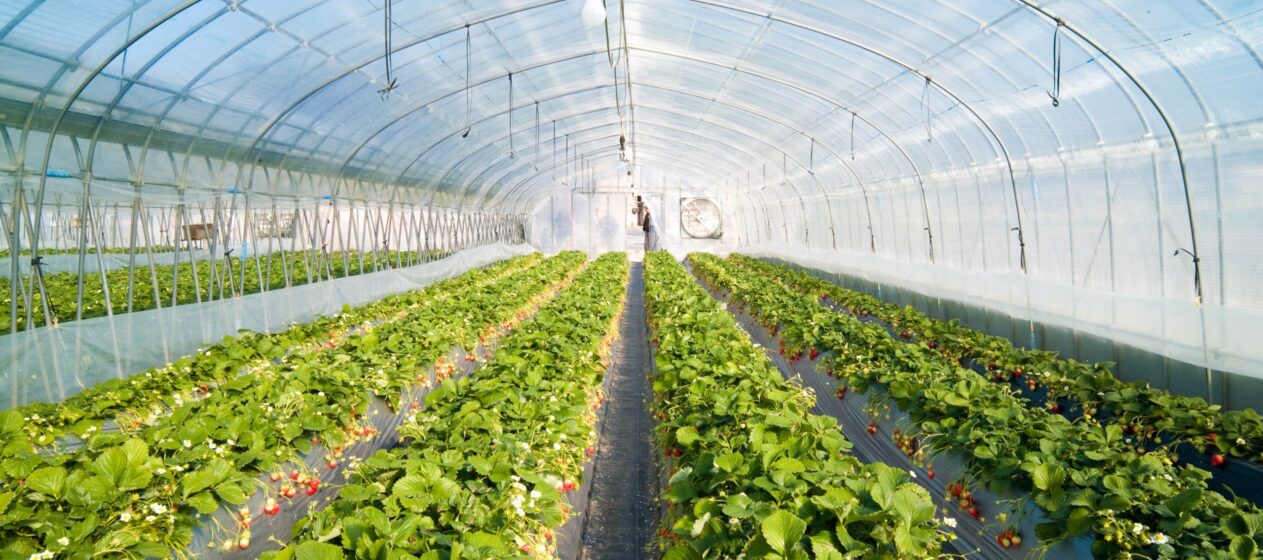Agricultural value added fell by 4.9% in the second quarter of 2024, compared to a 1.5% increase a year earlier. This downturn, mainly due to severe drought impacting major crops, reflects increased volatility that has affected cereal, legume, and forage yields, diminishing agricultural growth potential since 2019. In 2024, wheat and barley production dropped by 44.4% and 51%, respectively. Fruit and vegetable production also suffered from rainfall deficits, with significant reductions in the Oriental, Al Haouz, and Tadla regions. Most local supply came from the Sais, Gharb, and Northern regions. Despite the widening local supply deficit, crop price increases were contained, thanks to intensified imports. In April and May 2024, imported quantities of barley and table oil more than doubled, while sugar imports rose by 1.6% annually.
Livestock sector shows resilience
In the livestock sector, activities showed resilience in the second quarter of 2024, supported by public measures to combat drought effects and improved vegetation cover from late spring rains. However, the number of livestock for slaughter remained low, driving up red meat prices and more than doubling live animal imports by April and May 2024. The poultry sector continued to support animal production, with the poultry population for slaughter increasing by 4%, reversing a 14.9% decline from the previous year.
Consumption drives growth
Domestic demand remained strong in the second quarter of 2024, contributing 3.9 points to national economic growth, compared to zero contribution in the same quarter last year. Public administration consumption increased by 3.7%, aligning with higher administrative operating expenses. Household consumption, driven by a partial recovery in purchasing power, rose by 3.1%. Household nominal income was boosted by increased public transfers and teacher salaries, amid a slight rise in remunerated jobs and external transfers. Inflation fell to 0.7% in the second quarter of 2024 from 6.8% in the same period of 2023, significantly enhancing purchasing power. However, households had to dip into savings to cover additional expenses related to Fitr and Al Adha holidays. According to the latest HCP survey, 42.3% of households reported borrowing or using savings for consumption in the first quarter of 2024. The household savings rate fell below its pre-crisis average of 12.9%.
Investment spending moderates
Investment spending grew at a moderate annual rate of 4.4% in the second quarter of 2024, down from a 16.6% expansion at the end of 2023. This moderation reflects industrial hesitation, with increased investment in equipment to boost production capacities, leading to a 7.2% rise in machinery and equipment imports. However, investments in innovation and digitalization slowed. Rising credit costs pushed private companies to focus on long-term equipment projects, while their need for short-term investment financing and stock management remained limited, consistent with the ongoing decline in treasury loans since June 2023. Overall, the total outstanding credit to private non-financial companies fell by 1.2% by the end of May 2024 compared to the same period in 2023.
Continued decline in inflation
Inflation, measured by the consumer price index, nearly halved in the second quarter of 2024 compared to the first quarter, settling at 0.7% from 1.2%. This decline was primarily due to a 0.5% drop in food prices, while non-food product prices accelerated to 1.5% from 0.9% in the first quarter. Core inflation, which excludes state-regulated and volatile prices, also fell from 2.5% to 2.2%, driven by lower food and manufactured goods prices. Fresh food price declines were the main driver of the overall inflation reduction, contributing -0.8 points compared to -0.5 points in the previous quarter. This decrease was attributed to lower prices for fresh vegetables and citrus fruits, following significant increases in the same quarter of 2023. Prices for eggs, poultry, and table oil also dropped. However, some food items, such as fruits, red meat, and spices, saw price increases due to drought and higher production costs.
Non-food product prices experienced a turnaround, primarily due to a 4.2% rise in energy inflation, linked to gas and fuel price adjustments. Manufactured goods prices continued to decline slightly, while service prices remained stable. For the third quarter of 2024, inflation is expected to remain stable at around 0.8% for overall inflation and 2.1% for core inflation, supported by reduced inflationary pressures in food and non-energy goods sectors.
